


The Peabody Museum has long published a variety of print and electronic publications relating to collections, projects, and excavations conducted by Peabody Museum staff and Department of Anthropology faculty.
Current publications can be found under Books with links to purchase, while pre-1970s publications include links to texts when available.
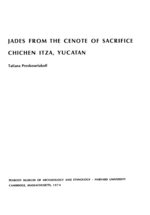
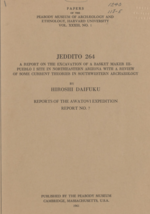
Peabody Museum Papers Volume 33
(Report no. 7, Peabody Museum Awatovi Expedition)

The Levantine corridor sits at the continental crossroads of Africa and Eurasia, making it a focal point for scientific inquiry into the emergence of modern humans and their relations with Neanderthals. The recent excavations at Kebara Cave in Israel, undertaken by an international, interdisciplinary team of researchers, has provided data crucial for understanding the cognitive and behavioral differences between archaic and modern humans.
In this first of two volumes, the authors discuss site formation processes, subsistence strategies, land-use patterns, and intrasite organization. Hearths and faunal remains reveal a dynamic and changing settlement system during the late Mousterian period, when Kebara Cave served as a major encampment. The research at Kebara Cave allows archaeologists to document the variability observed in settlement, subsistence, and technological strategies of the Late Middle and early Upper Paleolithic periods in the Levant.
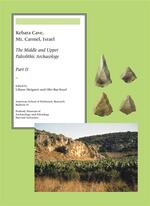
The remains from Skhul, Qafzeh, Amud, and Kebara caves in Israel provide evidence for the possible contemporaneity and eventual replacement of several distinct hominin populations over time: early Archaic-Modern humans by Neanderthals, and Neanderthals by Modern humans. Kebara Cave, which dates to 65,000 to 48,000 years ago, is well known for its Neanderthal remains and marvelously preserved archaeological record. Dense concentrations of fireplaces and ash lenses and rich assemblages of stone tools, animal bones, and charred plant remains testify to repeated and intensive use of the cave by late Middle Paleolithic foragers.
This second and final volume of the Kebara Cave site report presents findings from nine years of excavation and analysis of the archaeology, paleontology, human remains, and lithic industries from the Middle and Upper Paleolithic periods. Its full documentation of the daily activities of the cave’s Neanderthal inhabitants clearly indicates behavioral patterns generally attributed only to Modern humans. The two volumes on Kebara Cave provide a cornerstone for the story of humankind in a critical geographic region: the continental crossroads between Africa and Eurasia in the Levant.

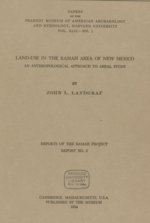
Peabody Museum Papers Volume 42, no. 1
(Report no. 5, Ramah Project)
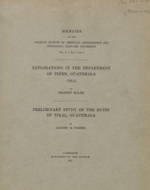
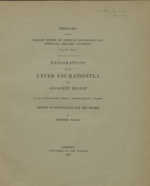
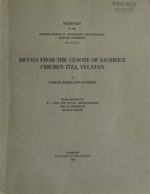
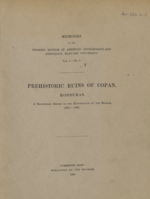
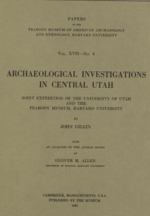
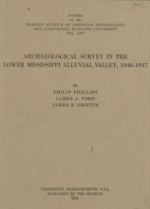
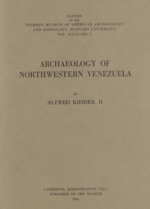
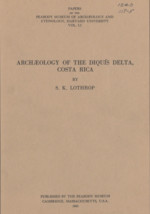
The Peabody Museum also publishes Anthropological Literature, a research database that indexes over 660 journals in multiple languages -- a highly recommended research tool.